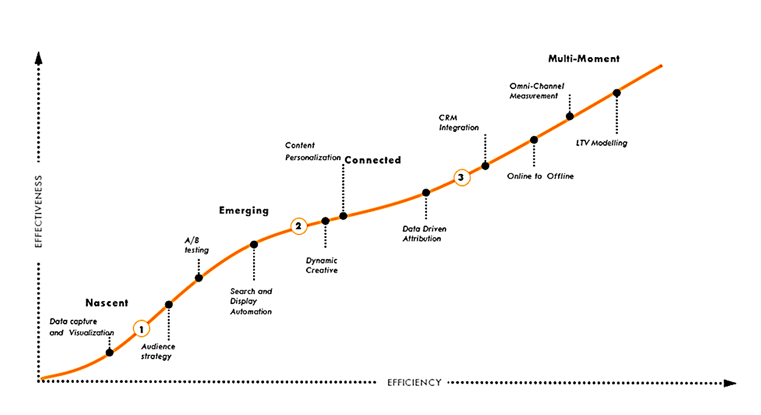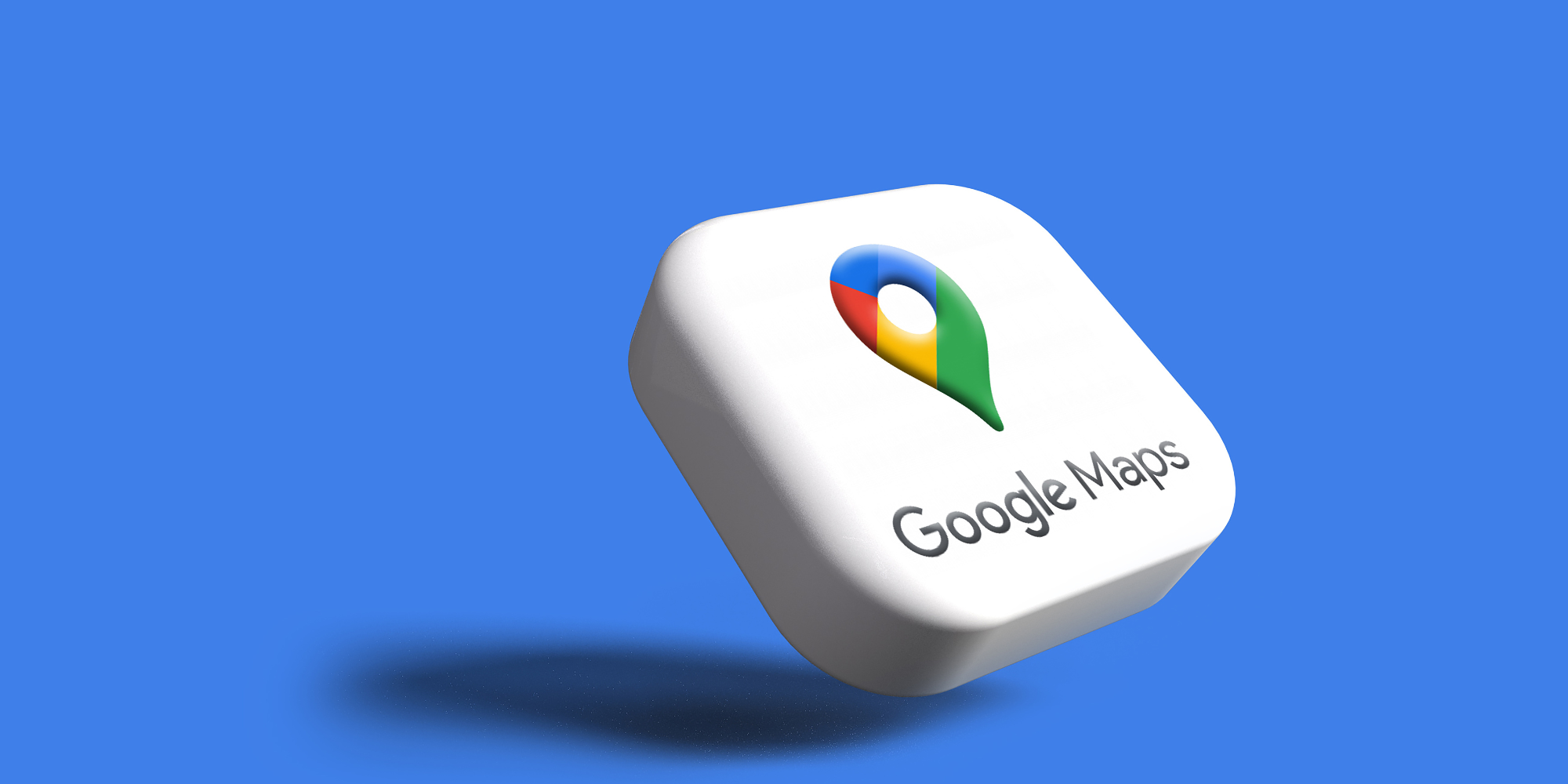August Round-up: Better Meta Targeting, Google Glitch & UX Best Practice
The latest version of our newsletter should have settled in your email inbox, detailing the need-to-know information and must-read thought leadership...
Read moreOur Director of Client Services, Chris Roberts, introduces the Digital Maturity Framework. From the four stages of digital marketing maturity to why you should use the framework, learn more in this article.
Every company has one thing in common – the need to grow. But how can you ensure that your marketing capabilities are growing along in line with the rest of your organisation?
In this post I will be introducing the Digital Maturity Framework, the benefits of adopting it and how ClickThrough have adapted it to drive results for our clients.
The Digital Maturity Framework was developed by Google and the Boston Consultancy group in Q4 2019 to provide a structure for companies to follow when they are looking to drive their digital marketing maturity. We have seen some of the biggest global advertisers adopt this to help them structure their approach to digital marketing and we have created our own adaptation.
Firstly, to introduce the framework – there are 4 distinct stages of digital marketing maturity:

The Nascent stage suggests you are only covering the basics of digital marketing. Companies at this stage will have limited use of data, basic targeting in their activity, will not be using automation or feeds and will be doing most of their optimisation manually.
The next stage is Emerging. In this stage more effective methods will be used, such as automated features, more extensive use of data in decision making with some basic segmentation, and with a test-and-learn process in place to drive improvement.
Further development will take you to the Connected stage, where you will be starting to factor in both first and third party data into your activity, be segmenting your data based on multiple criteria, be leveraging most channels and ad formats, be utilising a sophisticated attribution model and be adopting a lot of automation.
Then finally, the last stage in digital maturity is the Multi-Moment stage, at which point you will have a complete view of your customer and their LTV. You will be using customised messaging and utilising audience-based strategies, have complete online and offline measurement and have all digital media managed programmatically.
The question to ask yourself is “where to do you feel you sit on this curve based on the activity you run?”. Don’t worry if you don’t feel that you are Multi-Moment, in a recent survey completed only 2% of all advertisers fell into the Multi-Moment category, with nearly 90% sitting in the Emerging and Connected stages.
So why should you look to adopt this framework to drive your digital marketing strategy? Well in short, it is proven to help drive results!
More money, less spend
Studies have shown that advertisers reaching Multi-Moment can expect revenue increases of up to 20%, alongside 30% cost reductions. When you factor these figures into your own performance stats you can see how powerful this be for your business.
It creates a direction of travel
There are also other benefits to adopting this framework. Firstly, it helps you set short-term objectives for your digital marketing, whilst also keeping a view on your long--term strategy, as your actions can be geared towards moving you up the curve.
Helps you benchmark your team
Finally, it also gives you something beyond just results to benchmark your activity against. As the framework comes with a scoring system, it helps you to demonstrate the improvements to your digital maturity that your activity has driven. This is particularly important for channels such as SEO where the correlation and lag between activity and results is less tangible and longer.
At ClickThrough we have created our own adaptation of the Digital Maturity Framework, with an adaptation per channel.
The five themes that we score against are consistent across all channels, and they are:
Data: How advanced and integrated is the level of data you are tracking and reporting on?
Automation: What level of automation is being utilised across your activity?
Data-Led Decisions: How well is data being used to inform your decision making and strategy?
Audience: What level of audience data is being fed into your activity?
Relationship: How deep is the relationship between the agency and client?
We are rolling this framework across our existing client base, so if you are already a client your team will be in touch with you soon to talk through scoring and plans to build a three-month road map.
If you’re not currently a client and want to understand more about how we could utilise the maturity framework to drive a better digital marketing strategy with you, then get in touch!
More articles you might be interested in:

The latest version of our newsletter should have settled in your email inbox, detailing the need-to-know information and must-read thought leadership...
Read more
As the cost of living continues to present challenges for many Brits, an increasing number of families are choosing to holiday within the United...
Read more
Our first curated newsletter has hit inboxes, detailing all of the latest need-to-know information and sharing all the necessary thought leadership...
Read more
Over the past few years, marketing leaders have been gearing up for the inevitable 'Cookieless Future'. Safari was the first to bid farewell to...
Read more
Google employees have recently announced that the upcoming Google Core Update is set to be released in the coming weeks. Understanding and addressing...
Read more.png)
It only seems like yesterday that it was the winter of 2022 and we were balancing Black Friday and the Qatar World Cup. Fast forward to now and we're...
Read more.png)
Advertising via Google is constantly evolving, and new ways to showcase your brand and business offering are regularly being rolled out. The latest...
Read more
There are many factors to consider when choosing an automotive dealership, with 53% of customers saying that price determines which dealership they...
Read more